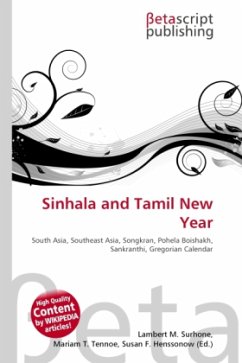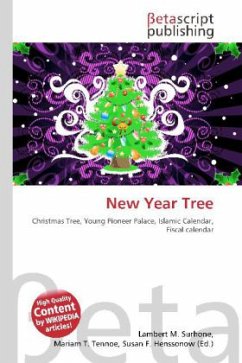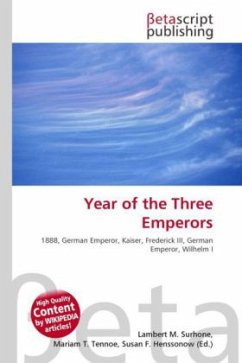High Quality Content by WIKIPEDIA articles! High Quality Content by WIKIPEDIA articles! The timing of the Sinhala and Tamil new year coincides with the New Year celebrations of many traditional calendars of South and Southeast Asia. The festival has close semblance to the Thai New year, Bengali New Year, and Sankranthi festival in India. Cultural anthropological history of the 'Traditional New Year' which is celebrated on month of April, goes back to an ancient period in Sri Lankan history. Various beliefs, perhaps those associated with fertility of the harvest, gave birth to many rituals, customs, and ceremonies connected with the New Year. The advent of Buddhism in the third century BC (300BC) led to a re-interpretation of the existing New Year activities in the Buddhistic light. The majority of the people in the country are Buddhists, and as such, it is that the Buddhist outlook was predominant in transforming the New Year rites to what they are now.
Bitte wählen Sie Ihr Anliegen aus.
Rechnungen
Retourenschein anfordern
Bestellstatus
Storno








